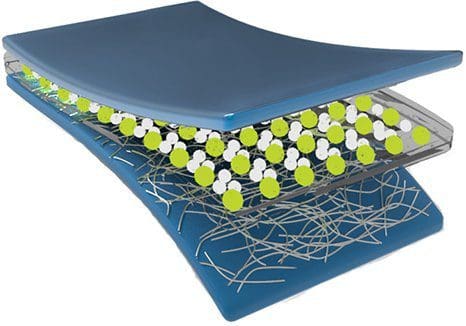Researchers at Nanjing University in China have developed a way to place a display on human skin that is flexible, safe and doesn't require much energy to operate.
Technology will certainly have implications for the field of wearable devices. It will allow existing medical devices to view biomedical information in real time, and perhaps during work operations.
How does it work?

It consumes little, it works well
Previously, a flexible electroluminescent alternating current display that could be applied to the skin required relatively high voltages, consuming a lot of energy and posing a potential hazard to users.
The new device is made with electrodes in nanowire silver. These electrodes enclose a layer of flexible dielectric material, with microparticles that emit light. The dielectric is made of an elastic polymer with ceramic nanoparticles.
These nanoparticles work with light-emitting nanoparticles to increase their brightness, allowing you to see the screen even with the lights on.

This technology can easily be scaled down for much higher resolution displays that can provide real-time data from medical devices on the body, almost like “informational tattoos.” (electronic, non organic like this).
A whole generation of health counters that can also be used in hospitals to view readings directly on patients. Imagine a thermometer that can show us the temperature of a patient with a figure that appears directly on his temple through a flexible display.
For more information: here is the study published in the scientific journal ACS Material Letters. The title: high permittivity extendable nanocomposites for electroluminescent alternating current epidermal displays


